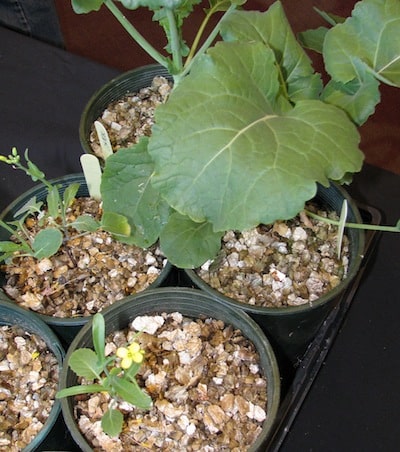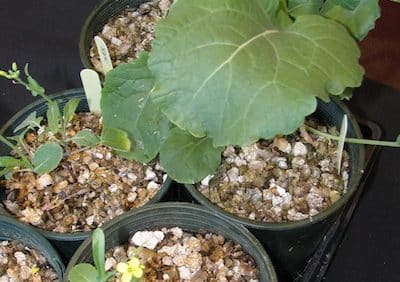
Canola needs 1.25 to 1.5 pounds of P205 per bushel of yield. A 50-bushel crop can remove more than 50 pounds of P205 per acre. Growers using only seed-placed phosphate at a rate of 15 pounds per acre can slowly deplete the soil of phosphate. That can start to affect yield potential on the field over time. Phosphorus deficiency is not always easy to detect visually, which is why Jeff Schoenau from the University of Saskatchewan calls it “hidden hunger.” Schoenau has long term fertilizer plots where canola has been denied any P fertilizer for 13 years. When he added P to the fertilizer blend, canola yield on those plots doubled.
Growers will find the biggest, most consistent economic response from the first 15-20 pounds of P2O5, especially in cool soils. The response to P fertilizer rates greater than this will usually follow the law of diminishing returns. Soil tests assess the availability of soil P, which can vary from field to field and location to location within the field. But also be mindful of the safe rates of seedrow applied phosphorus, both liquid and granular.
AARD has updated its phosphorus fertilizer factsheet.
